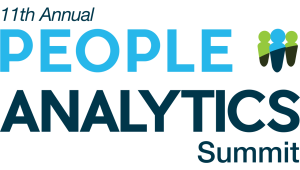Mergers and acquisitions (M&A) are notoriously challenging, with a staggering 65% failing to achieve their intended goals. The secret weapon? People analytics. By leveraging data-driven insights, organizations can dramatically improve their chances of successful integration.
- Predictive Cultural Compatibility Modeling
Cultural misalignment is the silent killer of M&A success. Using frameworks like Hofstede’s cultural dimensions, organizations can now predict potential friction points before they become critical issues. By quantifying cultural differences in power distance, innovation tolerance, and team dynamics, leaders can proactively design integration strategies that bridge cultural gaps.
2. Skill Gap Analysis Techniques
Not all talent is created equal. Advanced analytics can map skills across both organizations, identifying:
- Redundant roles
- Critical skill shortages
- Potential cross-team talent opportunities This approach ensures you’re not just moving headcount, but strategically positioning your most valuable human capital.
- Leadership Potential Mapping
Traditional M&A often loses top talent during transitions. By creating comprehensive leadership potential assessments, organizations can:
- Identify high-potential leaders
- Design retention strategies
- Create targeted development programs
- Ensure critical leadership continuity
- Compensation Equity Strategies
Salary disparities can create immediate cultural tension. Data-driven compensation analysis allows organizations to:
- Standardize pay scales
- Identify market-competitive rates
- Create transparent compensation frameworks
- Minimize potential employee dissatisfaction
- Employee Sentiment Tracking
Real-time pulse surveys and sentiment analysis provide unprecedented insights during merger transitions. By continuously monitoring:
- Employee engagement levels
- Anxiety and uncertainty indicators
- Communication effectiveness Organizations can adapt their integration strategies dynamically.
- Integration Risk Assessment
Predictive analytics can now model potential integration risks by analyzing:
- Organizational structure complexities
- Historical merger performance data
- Cultural compatibility metrics
- Potential productivity disruptions
- Long-Term Performance Monitoring
Beyond immediate integration, data-driven approaches enable continuous performance tracking, measuring:
- Productivity changes
- Team collaboration metrics
- Innovation output
- Talent retention rates
Key Takeaway
People analytics transforms M&A from a high-risk gamble to a strategic, data-informed process. By moving beyond traditional approaches, organizations can create more resilient, aligned, and successful merged entities.
Pro Tip: Start collecting and analyzing data before the merger is finalized. The earlier you begin, the more strategic your integration can be.
Inspired by insights from the 2025 People Ananlytics Summit session featuring Yannick Fuagu, Director of People Operations at GreenShield


